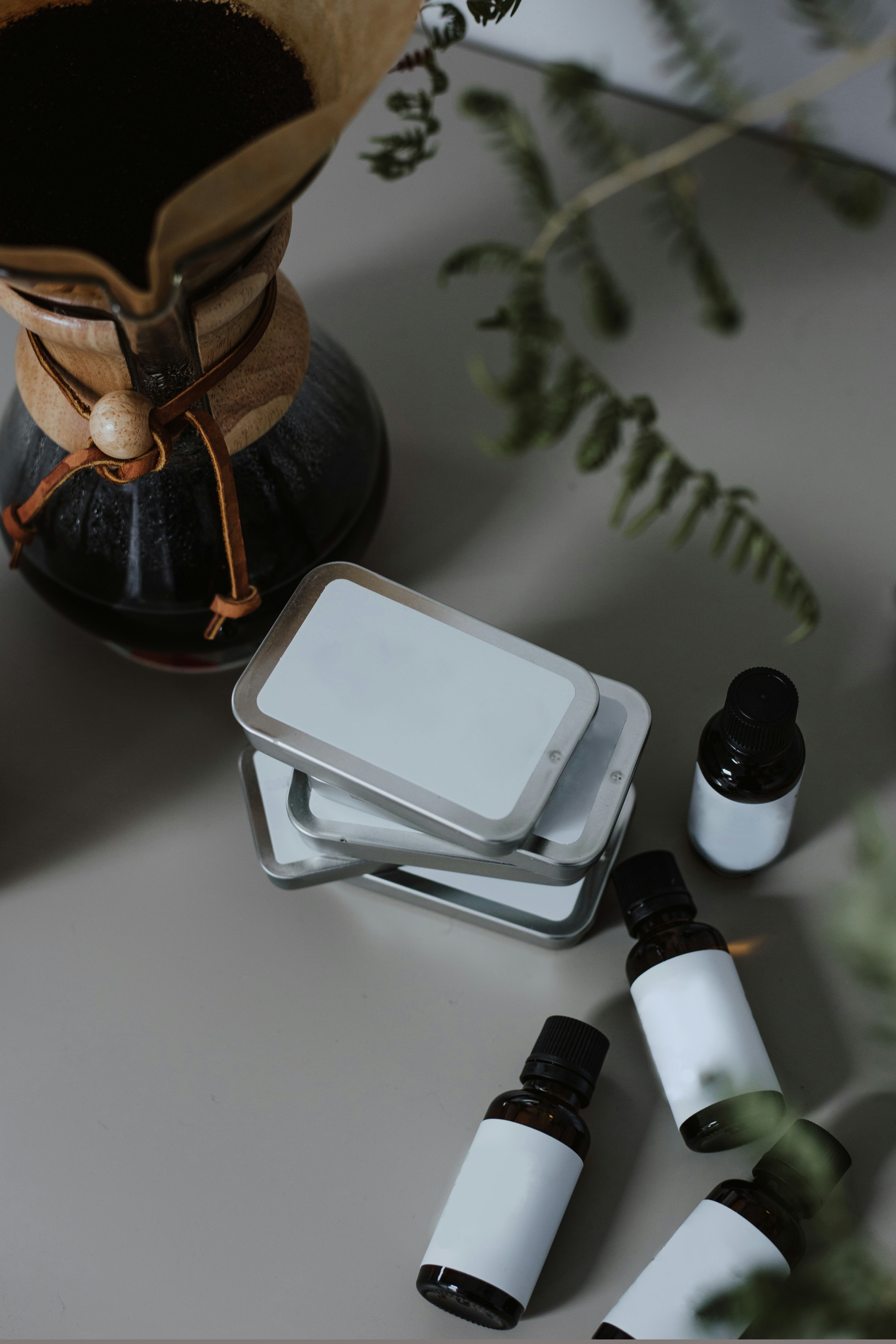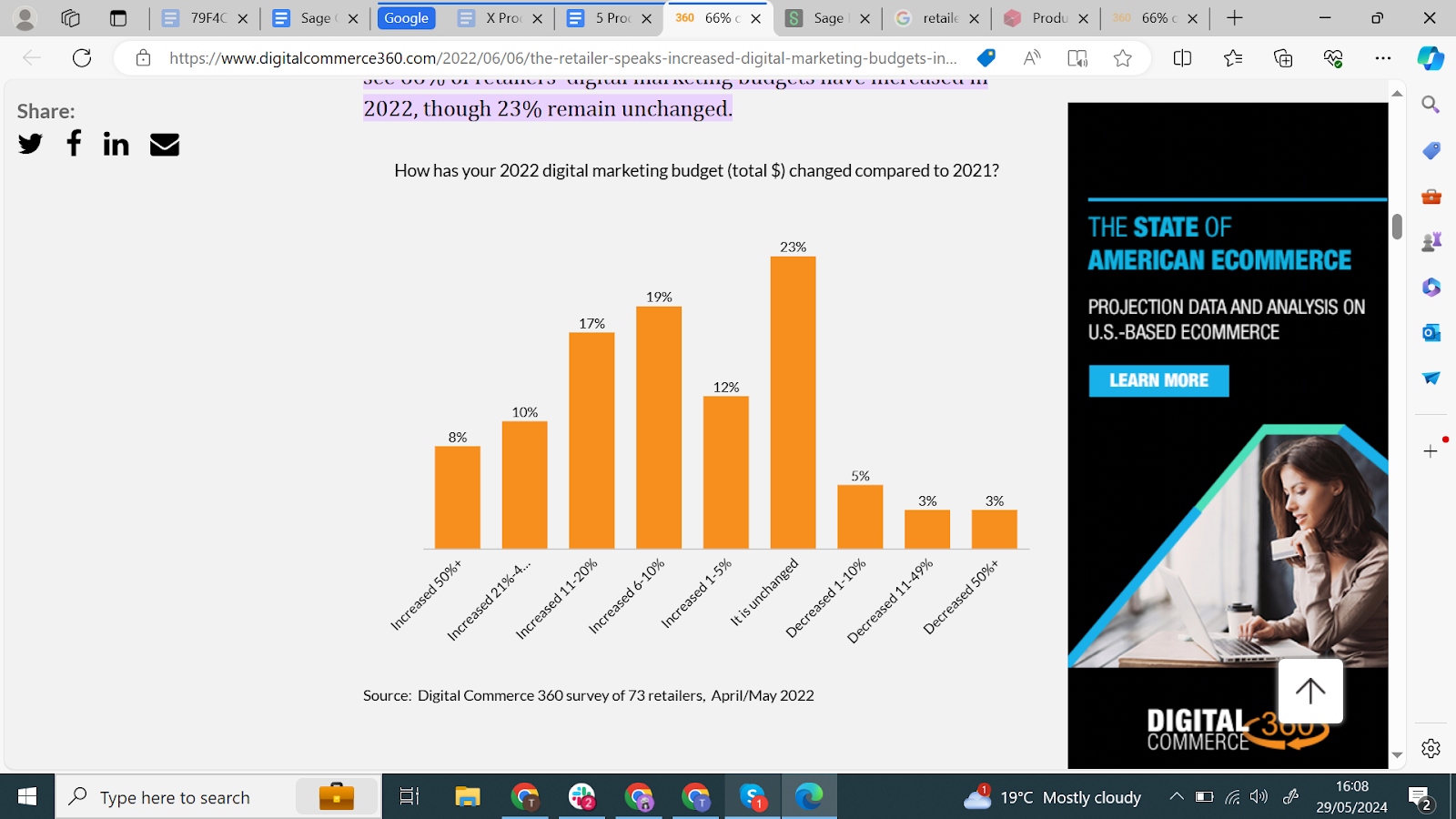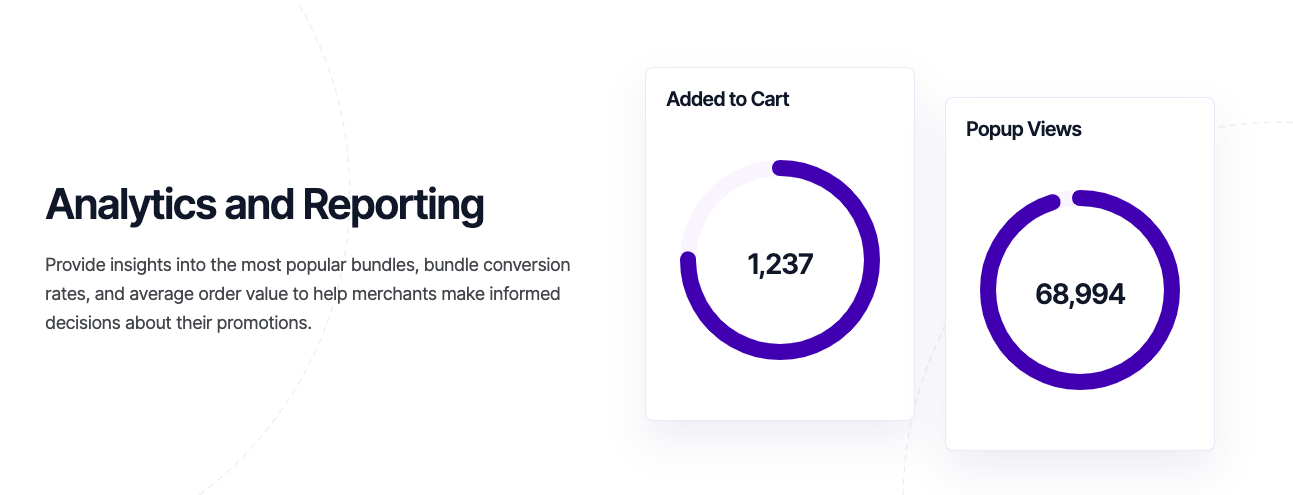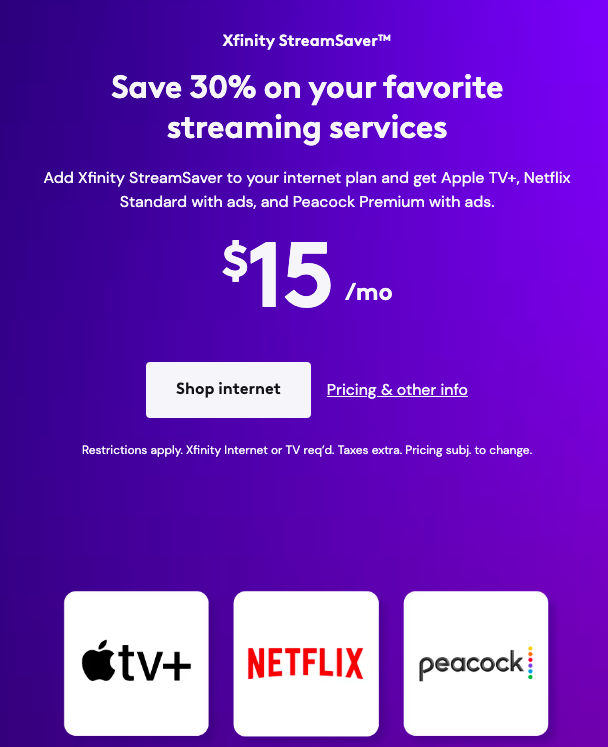5 Proven Product Bundling Strategies To Boost Sales And Revenue

In this article
Retailers, let’s be honest. When it comes down to it, we all want the same thing, right? More revenue. Now, how you go about generating more revenue might vary. Some people might decide to opt for a loyalty program. Some might decide to expand to B2B wholesale channels. Some might even choose to invest in aggressive digital marketing campaigns. All of these ideas are great ways to increase your sales.
That said, if you’re looking for a quick, simple, and cost-effective solution to increase sales, product bundling might be the answer. In this complete guide, we’re giving you the lowdown on product bundling. From what it is and why it’s great, to the best product bundling strategies you can use to boost your sales.
Let’s get started.
What Is Product Bundling?
Product bundling is a sales technique in which different products are grouped together to be sold as a single unit for one price. This strategy aims to encourage customers to buy more products, increasing their overall spending. These products can be bundled together as a form of upselling or cross-selling.
Upselling in this context means persuading your customers to upgrade their purchases. For example, you could suggest a variety of upgrades and add-ons to a customer considering purchasing a basic laptop, such as extra memory or processing power. On the other hand, cross-selling is about promoting related products that work well with the products your customers are looking to buy. For example, you could promote leave-in conditioners or overnight hair treatments to customers purchasing shampoos.
Benefits of Product Bundling
When you pick the right marketing strategy for your company, product bundling can be a win-win for yourself and your consumers. Here are just a few reasons why it’s become such a favored tactic for retail and e-commerce businesses alike.
It boosts Average Order Value (AOV)
By bundling products together, you can offer discounts or better pricing than if those goods were bought individually. This creates value for customers, while also motivating them to spend slightly more than they originally planned.
But that's not all. By pairing products or suggesting upgrade options, customers are encouraged to increase their order value or purchase products they may have otherwise gotten elsewhere.
Just remember, when bundling, offering discounts, and improving pricing to boost AOV, it's super important that you keep an eye on your margins. While higher revenue may seem tempting, staying profitable is always the priority.
Clear out old stock and cut waste
If you’ve got old stock clogging up your shelves, then bundling it up is the perfect solution. Bundling not only helps clear out those slow-moving items, but also massively reduces waste.
A great example of this is the app Too Good To Go. This app works with businesses to bundle leftover food, creating discounts for customers, reducing waste, and increasing revenue for businesses. As they say, it’s a Win-Win-Win.

Ultimately, by packaging together complementary swag items or bundling items that are nearing the end of their shelf life, businesses can efficiently move out old stock and minimize losses associated with excess inventory.
It slashes your marketing costs
Bundling isn't just about clearing out old stock and boosting sales. It's also a genius way to save on marketing. When you promote bundled packages instead of individual products, you completely streamline your marketing efforts, reaching more customers with less spending.

According to a 2022 study, 66% of retailers have increased their digital marketing budgets. And bundling is the perfect strategy to make every marketing dollar count.
Think about it. Instead of juggling separate campaigns for ten different products from your inventory, you can sell them as one irresistible package. This saves you money on marketing and also bundles all your campaigns into one powerhouse promotion.
5 Product Bundling Strategies
Now that you’ve got a decent understanding of what product bundling is and why it’s so great for you and your customers alike, let’s look at some of the most common types of product bundling, these include:
Pure bundling
Our first strategy on the list is pure product bundling. Pure product bundling is when you put together bundles with items that shoppers can't buy individually. So, these items are sold exclusively in the bundle.

A common example of this is a dining set where the tables and chairs have to be bought together as a set and aren’t available as separate items. The obvious benefit here is that you’re not left with stock that might be difficult to sell on it’s own, such as a single dining room chair.
Mixed bundling
Now, the opposite of pure bundling is mixed product bundling. Here, your customers can buy your products as a set. That said, they can also buy them as individual products too. This means that your customers get more choice because they can choose to go for the set or select the specific items they want.
Usually, when items are bought together, they’re a lot cheaper than if they’re bought separately, making a bundle a better-value option.
Cosmetics are often sold as part of a mixed bundle. Take Kylie Cosmetics for example, you can buy lip oils separately, or alternatively, you can save money and buy the best selling flavors as a bundle of five.

Cross-sell bundling
Ever thought about introducing your customers to new stuff by mixing products from different categories? That’s what cross-sell bundling does. It’s a clever strategy that pairs your bestsellers with items that aren’t really flying off the shelves.
For example, a retail store owner might choose to bundle their high-quality chef’s knives with a set of exotic spices or a cookbook. Customers might come in just for the knives but leave with a complete culinary set they didn’t even know they wanted. They get to discover great new products, and you can boost your sales.
You can also use a custom bundle builder tool or app to automate the bundling process and allow customers to create their own bundles from a range of products. This can be particularly useful, as it not only makes the bundling process easier but also provides you with analytics and reporting capabilities, so you can improve your strategy over time.

Subscription bundling
This product bundling strategy gives your customers a way to get a regular delivery of their favorite products. It’s a fantastic way to create recurring revenue and makes life a lot easier for your customers.
You most commonly see subscriptions when it comes to digital and SaaS products, as apps, softwares, or services are commonly grouped together. For example, Microsoft Office 365 offers a variety of bundled subscription options depending on a business's needs.
This type of bundling can also include multiple brands. For example, streaming platforms are increasingly being bundled and sold together, as many customers now subscribe to more than one platform.

If you go down this route, consider using a SaaS subscription management software. As previously mentioned, when it comes to bundling, it’s important to keep a close eye on your margins, and this is particularly true for subscription models. By using a billing system, you’ll be able to monitor your revenue and have access to forecasting tools to help you make the right, data-driven decisions.
Seasonal bundling
Ahh...Christmas, Halloween, Thanksgiving. These are the days you want your customers to feel festive and ready to celebrate. Seasonal bundling is a great way to do that by making your customers’ holiday shopping easier and clearing out inventory before it becomes a liability.
For instance, if you own a homeware store, you can create a Christmas bundle that could include a pre-lit Christmas tree, an ornament set, string lights, and everything else needed to get your home ready for the season’s celebrations.
Lush is the master of this type of bundling, as it boxes up its seasonal products in fun styles that are ready to be gifted. It also covers a wide range of holidays, making it a go-to present almost year-round, whether it’s Christmas or Father’s Day.

When considering your own seasonal bundles, try to include one or two exclusive or limited-edition items that aren’t available for individual purchase. This will make them even more appealing to your customers and create a feeling of uniqueness.
How to measure the success of product bundling strategies
Working out just how effective your product bundling strategies are starts with identifying the right key performance indicators (KPIs), including:
- Average Order Value (AOV): Has bundling led your customers to spend more on each purchase? If your AOV has increased, it shows that your product bundling strategy is effective.
- Comparisons: Are your bundles outselling individual products? If bundle pricing is attracting more customers than individual products, consider creating more product bundles for every audience segment.
- Customer Retention/Repeat Purchases: Are customers returning to buy more bundles or other products? If your product bundle is turning more customers into loyal ones, bundle pricing might be a good way to attract long-term customers.
Numbers don’t lie, so be sure to monitor figures such as sales and conversions. They'll tell you how well your bundles are performing.
A particularly efficient way of doing this is by using order fulfillment software, as you’ll be able to track your revenue and sales; monitor your order process and inventory levels, and unify this information with your customer database. Combined, it provides you with all the information you need to track and inform your bundling strategies.
Finally, you’ll want to also collect some qualitative data. This means asking for customers opinions on your new bundles to gain a better understanding of what’s working. So, use survey software, ask for reviews and create interactive social media content to gain as much valuable feedback as you can.
Final thoughts
So there you have it, our complete guide on product bundling, filled with plenty of practical tips and tricks for crafting your strategies. Product bundles offer an excellent opportunity to increase the perceived value of your offerings and enhance your customers' shopping experience. Whether for special occasions, clearing out dead stock, building product awareness, or any other creative approach, leveraging bundles can drive more in-store sales and level up your marketing game. Happy bundling!
🔥OTHER BLOGS YOU MIGHT LIKE:
Elevate Your Company All Hands: Unleashing Innovative Employee Engagement Ideas
Spreading Love in the Workplace: Employee Engagement Activities for Valentine's Day


.png)
.jpeg)
.png)

